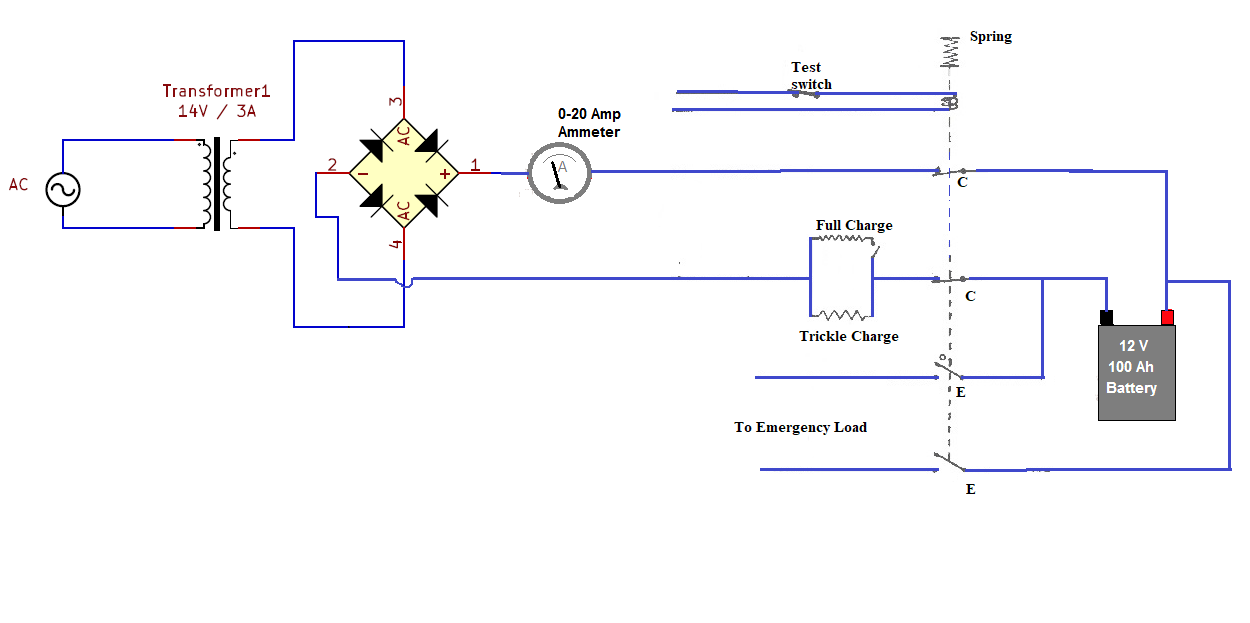Mastering Battery Trickle Charging: A Comprehensive Guide

Ever wondered how to keep your infrequently used batteries topped off and ready to go? The answer lies in the art of trickle charging. This technique provides a continuous low-current charge, keeping your batteries healthy and preventing the frustrating experience of finding them dead when you need them most. Whether it's for your motorcycle, classic car, boat, or even emergency power supply, understanding trickle charging can significantly extend the lifespan of your batteries.
Maintaining a battery's charge is essential for its longevity and performance. Improper charging can lead to sulfation, a damaging process that reduces a battery's ability to hold a charge. Trickle charging offers a solution to this problem by providing a gentle, continuous charge that combats sulfation and keeps the battery in peak condition.
The concept of trickle charging has been around for decades, evolving alongside battery technology. Early methods were often less precise, potentially leading to overcharging. Modern trickle chargers are smarter, incorporating features like automatic shutoff and temperature compensation to prevent damage and ensure safe, efficient charging.
The importance of knowing how to properly implement a trickle charge cannot be overstated. It's a crucial skill for anyone who owns equipment with batteries that aren't regularly used. From preserving the life of expensive batteries to ensuring your emergency systems are always ready, the benefits are numerous.
One of the primary concerns with trickle charging is overcharging. This can lead to excessive heat buildup, potentially damaging the battery and even creating a safety hazard. However, modern trickle chargers often incorporate safety mechanisms to mitigate this risk.
Trickle charging involves delivering a small current to a battery over an extended period, typically at a rate of 1/10th to 1/30th of the battery's capacity. This slow and steady approach helps maintain the battery's full charge and prevents it from discharging completely, especially during periods of inactivity.
Benefits of trickle charging include extended battery life, prevention of sulfation, and ensuring your battery is always ready to use. For instance, trickle charging a motorcycle battery during the winter months can prevent it from discharging and ensure a quick start come spring.
To trickle charge a battery, you'll need a trickle charger compatible with your battery type. Connect the positive (red) clip to the battery's positive terminal and the negative (black) clip to the negative terminal. Then, plug the charger into a power outlet. Modern trickle chargers typically have indicators that show the charging status.
Checklist: Compatible trickle charger, clean battery terminals, properly connected clips, secure power outlet connection.
Step-by-step: 1. Clean battery terminals. 2. Connect clips. 3. Plug in charger. 4. Monitor charging status. 5. Disconnect when fully charged.
Advantages and Disadvantages of Trickle Charging
| Advantages | Disadvantages |
|---|---|
| Extends battery life | Potential for overcharging if not monitored properly |
| Prevents sulfation | Can take a long time to fully charge a deeply discharged battery |
| Maintains battery readiness | Requires a dedicated trickle charger |
Best Practices: 1. Use a charger matched to your battery type. 2. Disconnect the charger when the battery is full. 3. Monitor the battery temperature during charging. 4. Ensure proper ventilation around the battery. 5. Store the battery in a cool, dry place.
Examples: Maintaining car batteries during long-term storage, keeping motorcycle batteries charged during the off-season, powering security systems, powering emergency lights, maintaining boat batteries.
Challenges: Overcharging, incorrect charger selection, damaged battery terminals. Solutions: Use smart chargers, consult battery specifications, clean or replace terminals.
FAQ: What is trickle charging? How does it work? What are the benefits? How do I choose a trickle charger? Is it safe? Can I leave it connected indefinitely? What are the risks of overcharging? What types of batteries can be trickle charged?
Tips: Check the charger's compatibility, monitor the charging process, disconnect the charger when not in use, store the charger in a safe place.
In conclusion, mastering the art of trickle charging is a valuable skill for anyone who relies on batteries. It's a simple yet effective way to prolong the lifespan of your batteries, ensure they’re always ready when you need them, and prevent the inconvenience and expense of premature battery failure. By understanding the principles, best practices, and potential challenges associated with trickle charging, you can effectively safeguard your investment in batteries and ensure the smooth operation of your valuable equipment. Take the time to learn the proper techniques, invest in a quality trickle charger, and enjoy the peace of mind that comes with knowing your batteries are always in top condition. This proactive approach not only saves you money in the long run but also contributes to a more sustainable practice by reducing battery waste.
Unlocking timeless elegance with behr antique white paint
Conquering the concrete jungle the alluring rav4 xle lunar rock
Unlocking creativity coloring pages for 8 year olds













